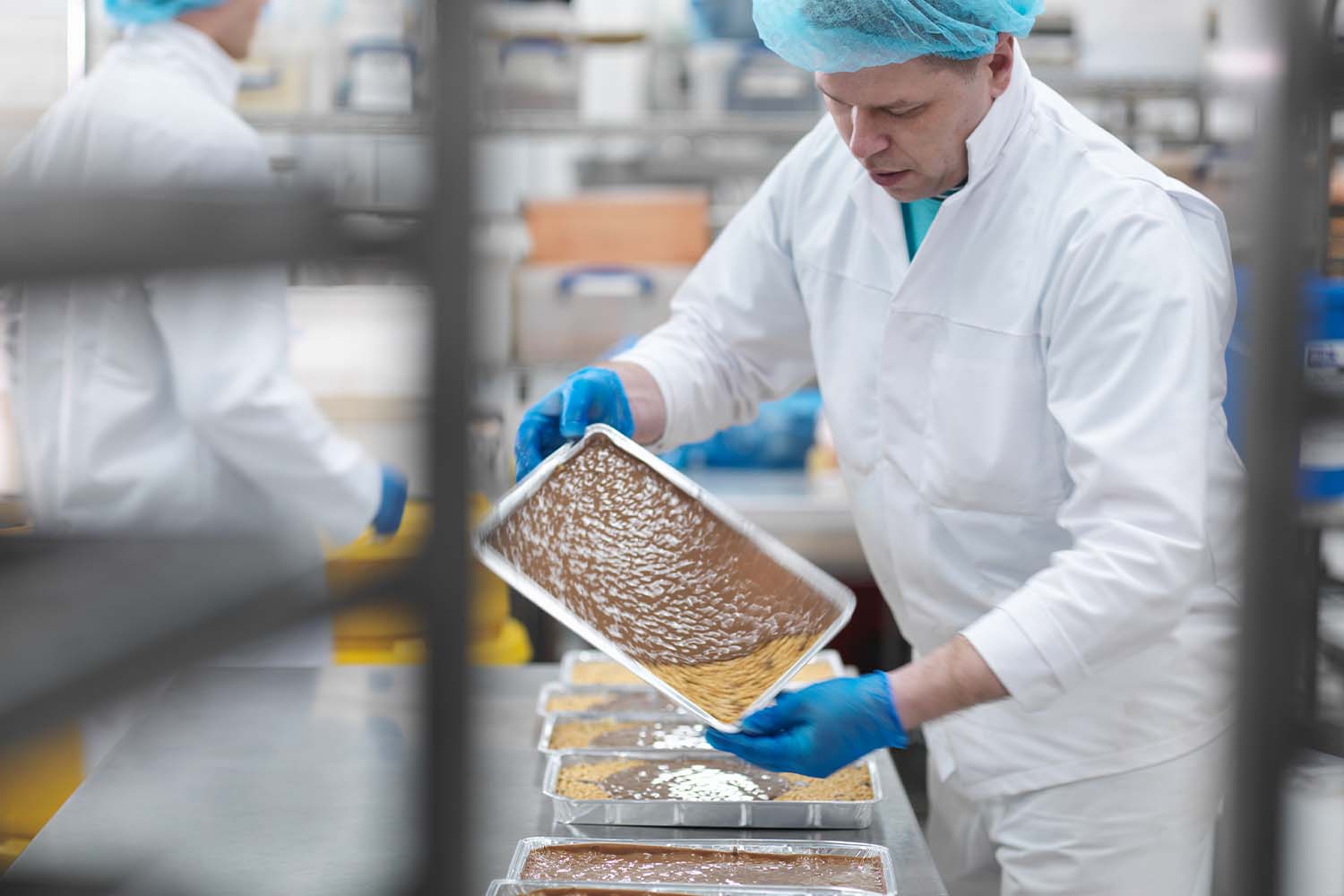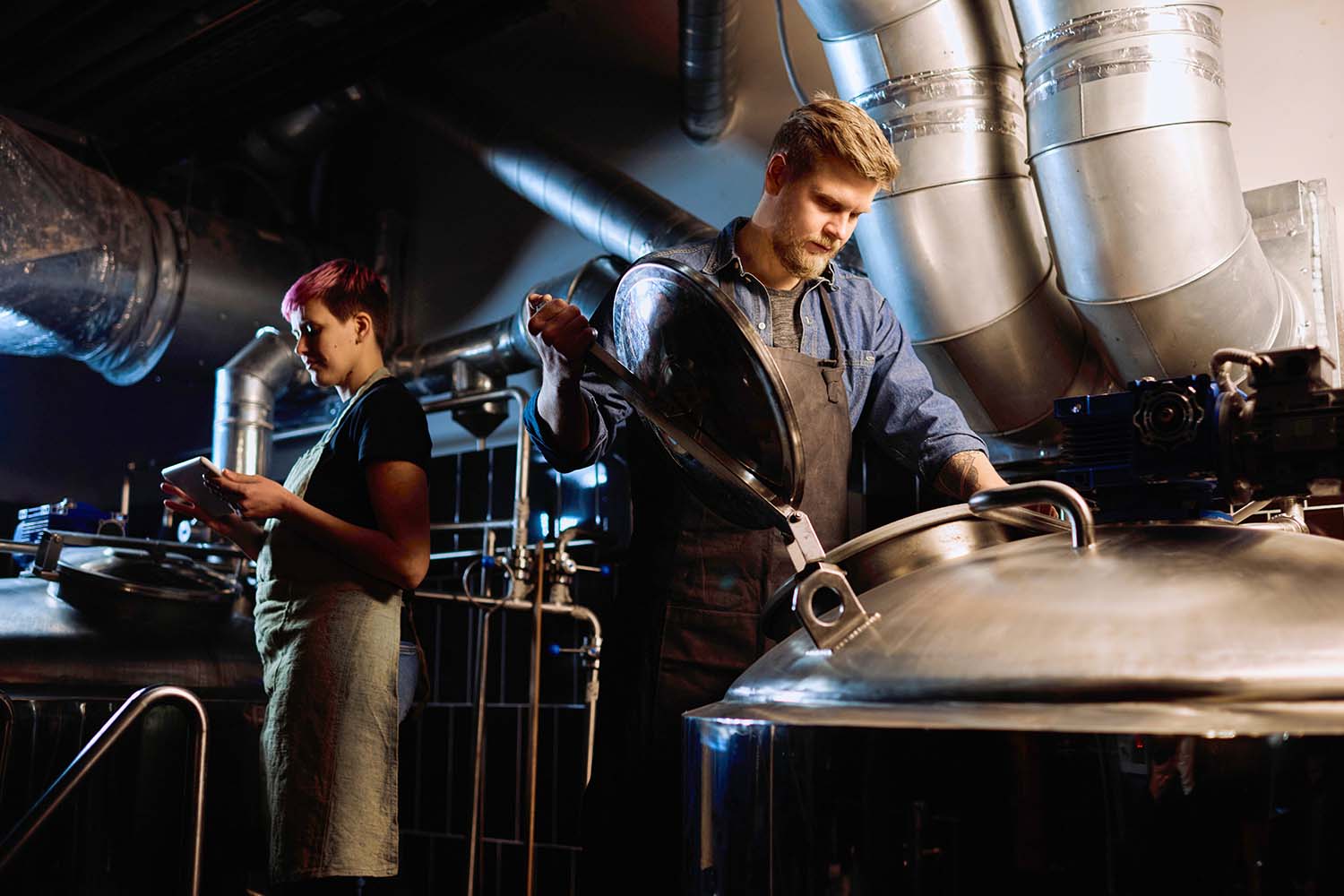The food and beverage industries are highly competitive, and quality control is essential to stay ahead of the competition. One of the most effective ways to ensure consistent product and protect a brand’s quality is through sensory analysis. GMP sensory flavour standards and sensory training play a crucial role in this process, and in this blog, we will explore the benefits of using them in the food and beverage industries.
Introduction to GMP Sensory Flavour Standards and Sensory Training
Sensory analysis involves evaluating the taste, aroma, and mouthfeel of a food or beverage product. GMP sensory flavour standards are reference materials that provide a common vocabulary for sensory analysis. These flavour standards can be used by food and beverage manufacturers to simulate off-notes, taints, and positive notes it would like its taste panel to be aware of. Sensory training is also critical to the process and teaching panellists to recognize and describe specific sensory attributes is key to the success of the exercise. Both tools help to ensure consistent product quality by improving the competency of the tasting panel.

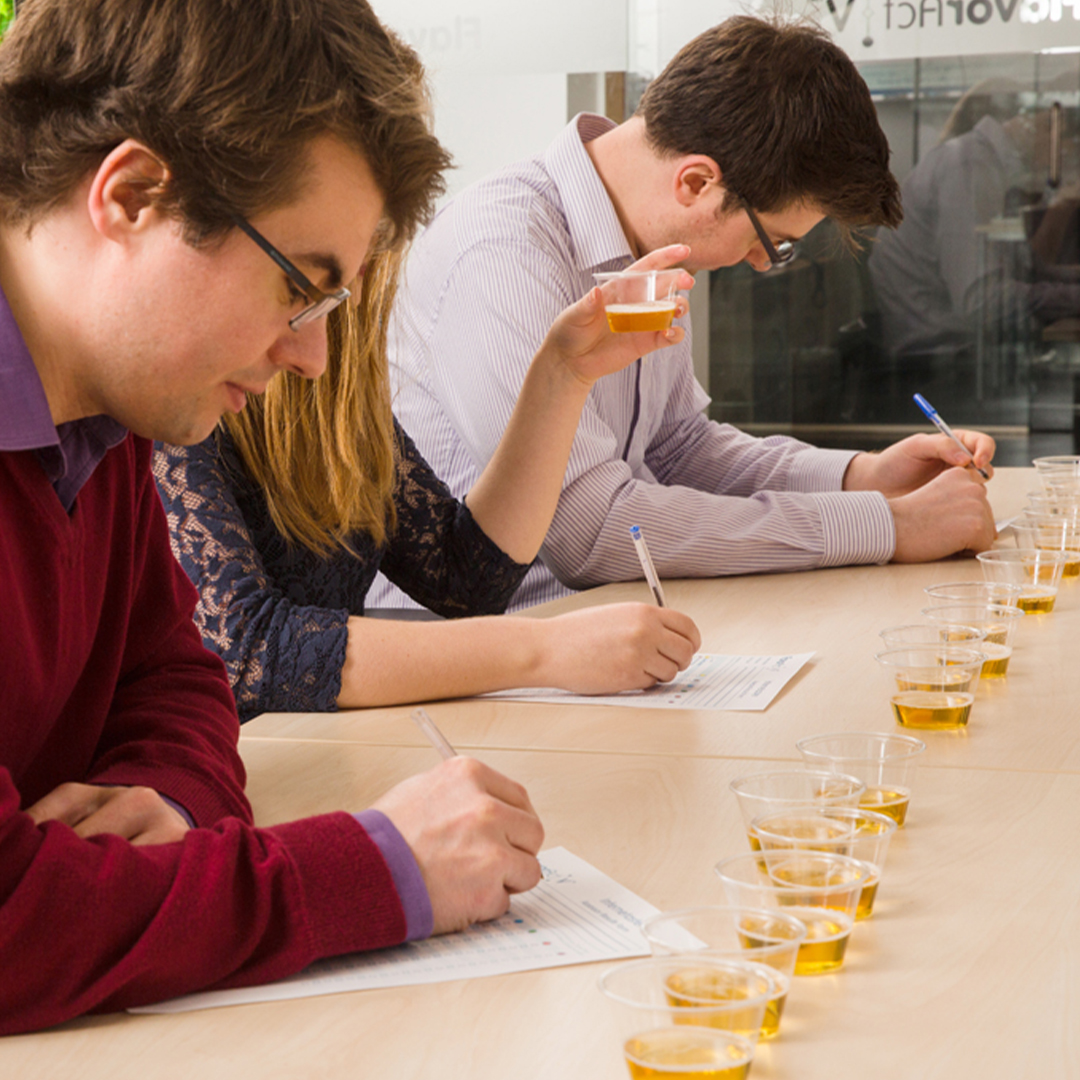
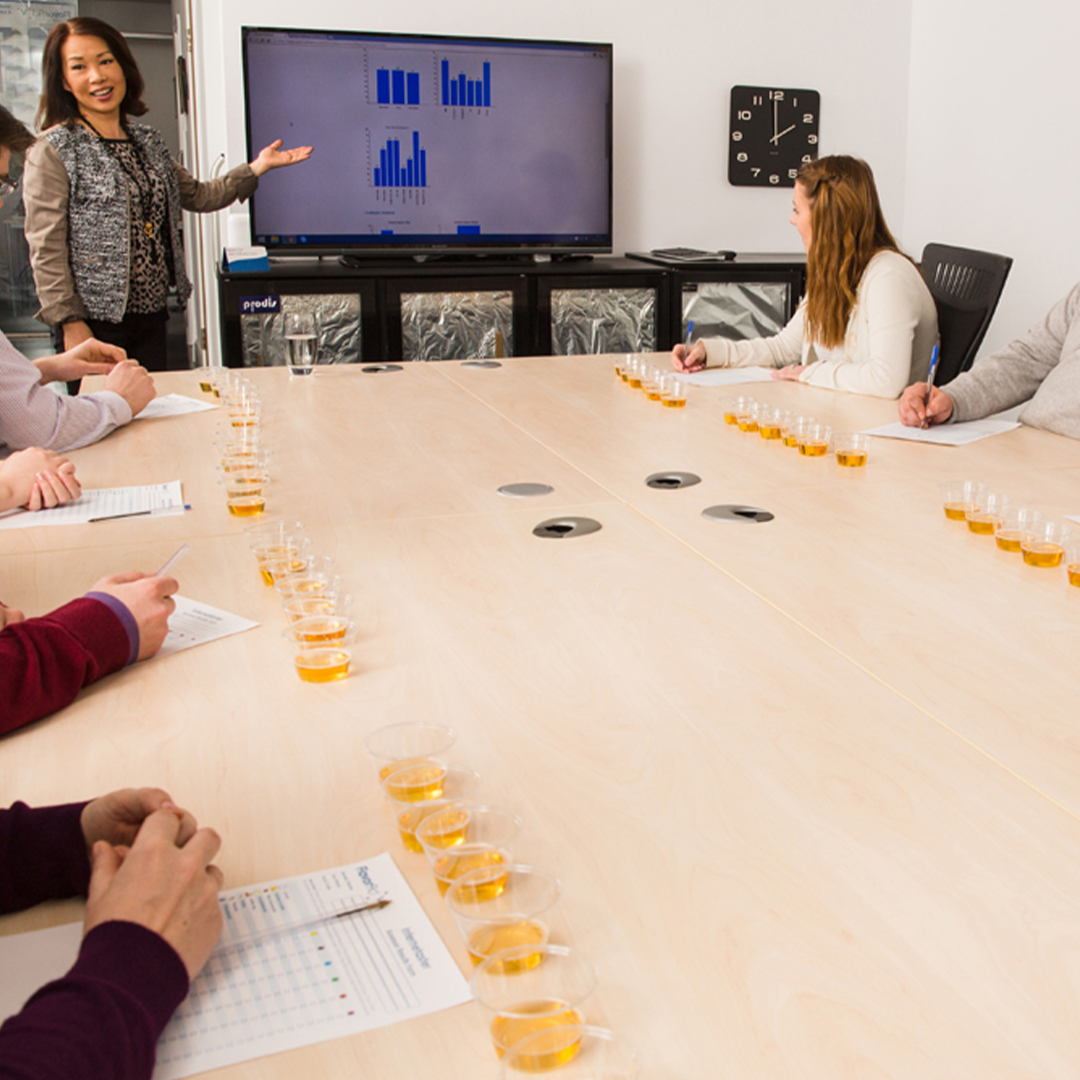
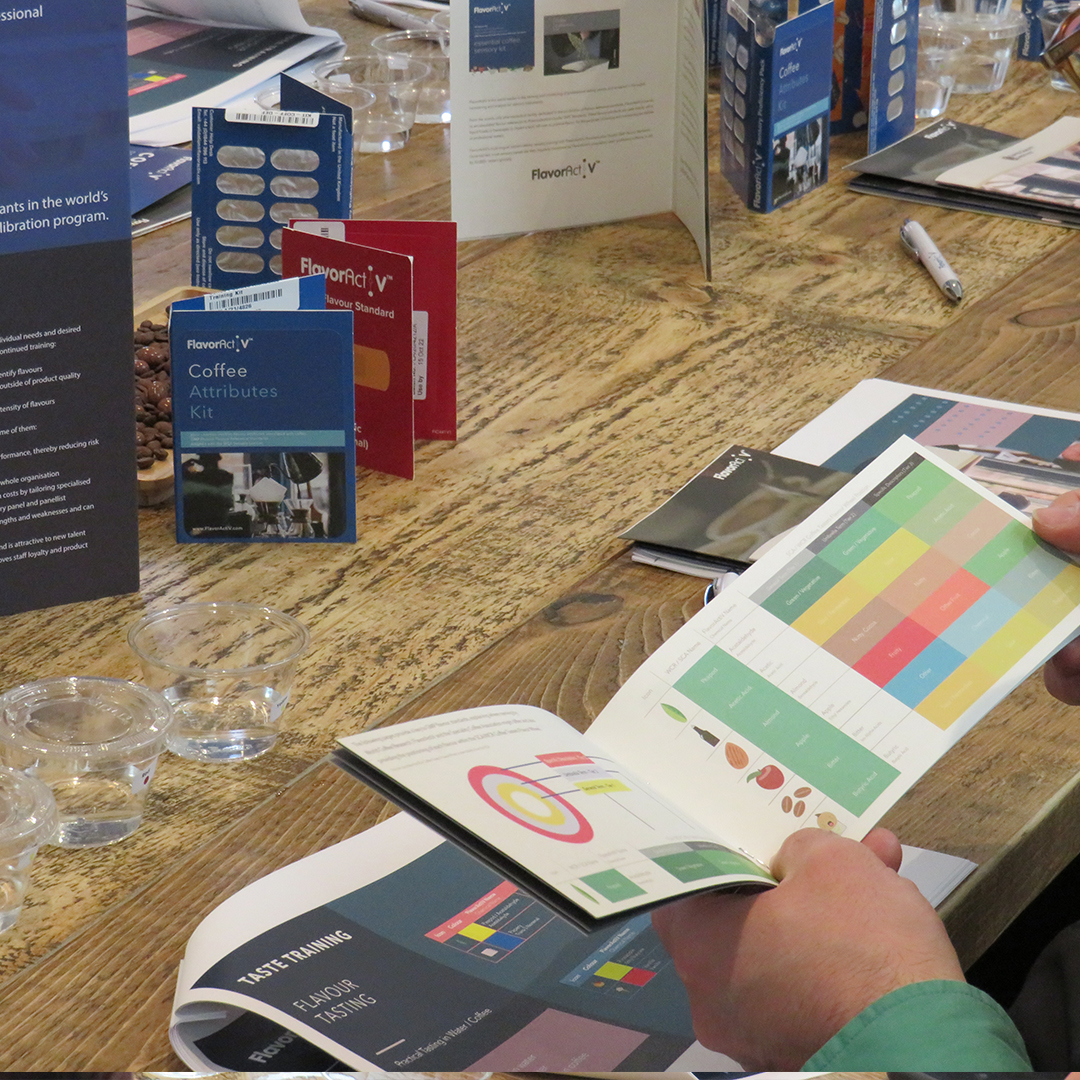

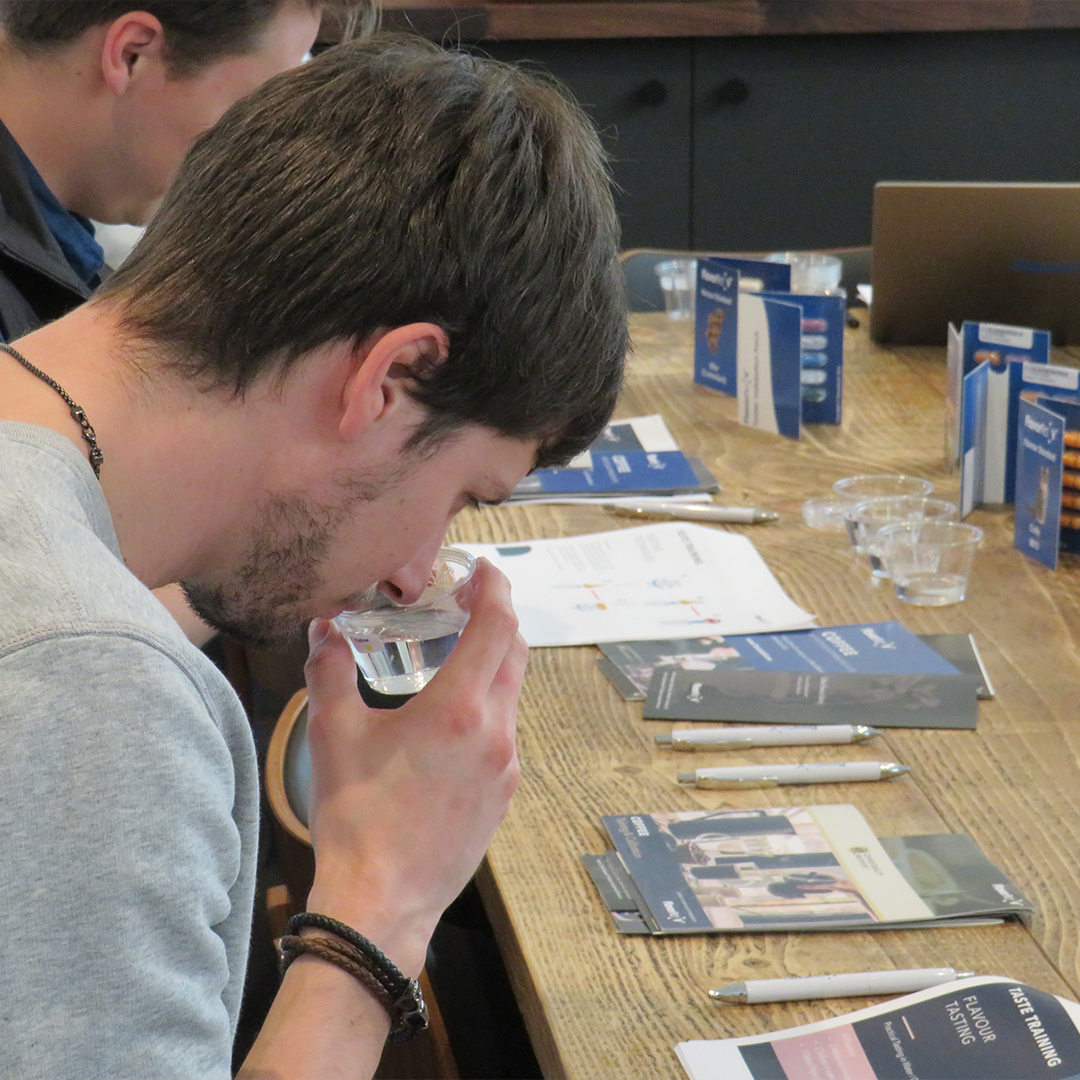
Improved Competency of the Tasting Panel
The competency of the tasting panel is critical to the success of sensory analysis. GMP sensory flavour standards and sensory training help to improve the accuracy and consistency of the panellists’ evaluations, reducing the risk of errors and inconsistencies in product quality. Through the introduction of a “Taster Calibration” or proficiency this helps to validate the taste panel to access the performance over time. This can help highlight areas where additional training may be necessary and give an overall picture of the health of the taste panel and their abilities.
Detection of Irregularities in the Product
Taste testing panels are used to detect irregularities in the product, such as variations in flavour, aroma, or mouthfeel of a certain product. By comparing the product to a reference standard, the panellists can identify any deviations from the expected sensory profile and pass this information on to the production department to take corrective action.
Detection of Off-Notes and Taints
Off-notes and taints can significantly impact the quality of a food or beverage product. If you have a food or beverage product it is critical the consumer experience is always the same, so having a well-trained taste testing panel to monitor this is a very important part of the overall QC of a product before release. Poor consumer experience can result in not only the loss of a customer but for information to spread rapidly via the internet and social media. GMP sensory flavour standards help to provide a reference for identifying these sensory attributes, helping to ensure that products are not released to the market with off-notes or taints.
Consistency in Product Quality
Consistency is crucial in the food and beverage industry, and sensory analysis is a powerful tool for achieving this. Flavour standards and sensory training help to ensure that product quality is consistent, regardless of the location, batch size, or time of production. If you have a country wide or global brand consistency is key so the consumer experience is the same across the marketplace.
Improved Communication
GMP sensory flavour standards and training provide a common vocabulary for sensory analysis, facilitating communication between different departments and locations. This helps to ensure that everyone involved in the production process understands the sensory attributes that are important for the product and can work together to achieve consistent quality.
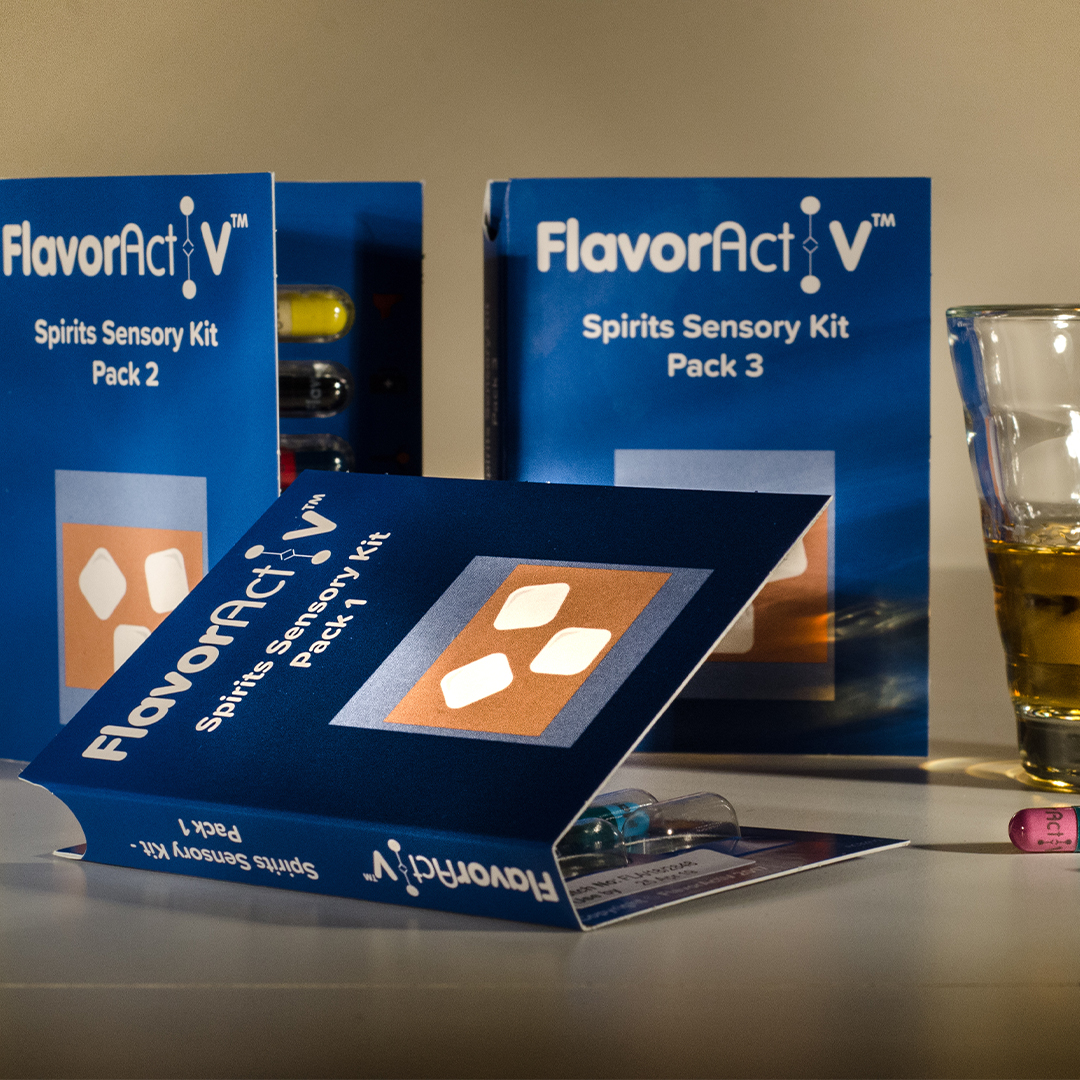
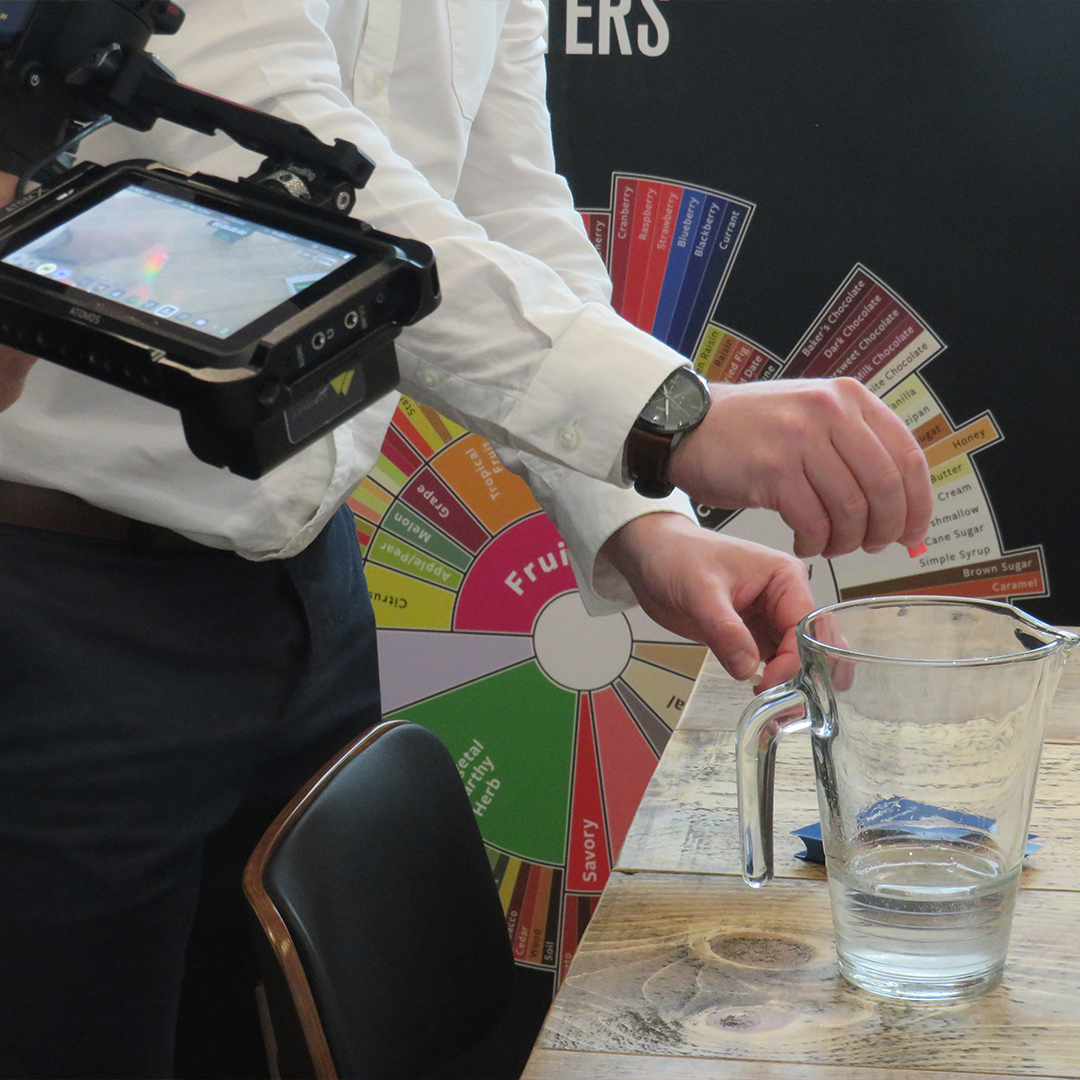
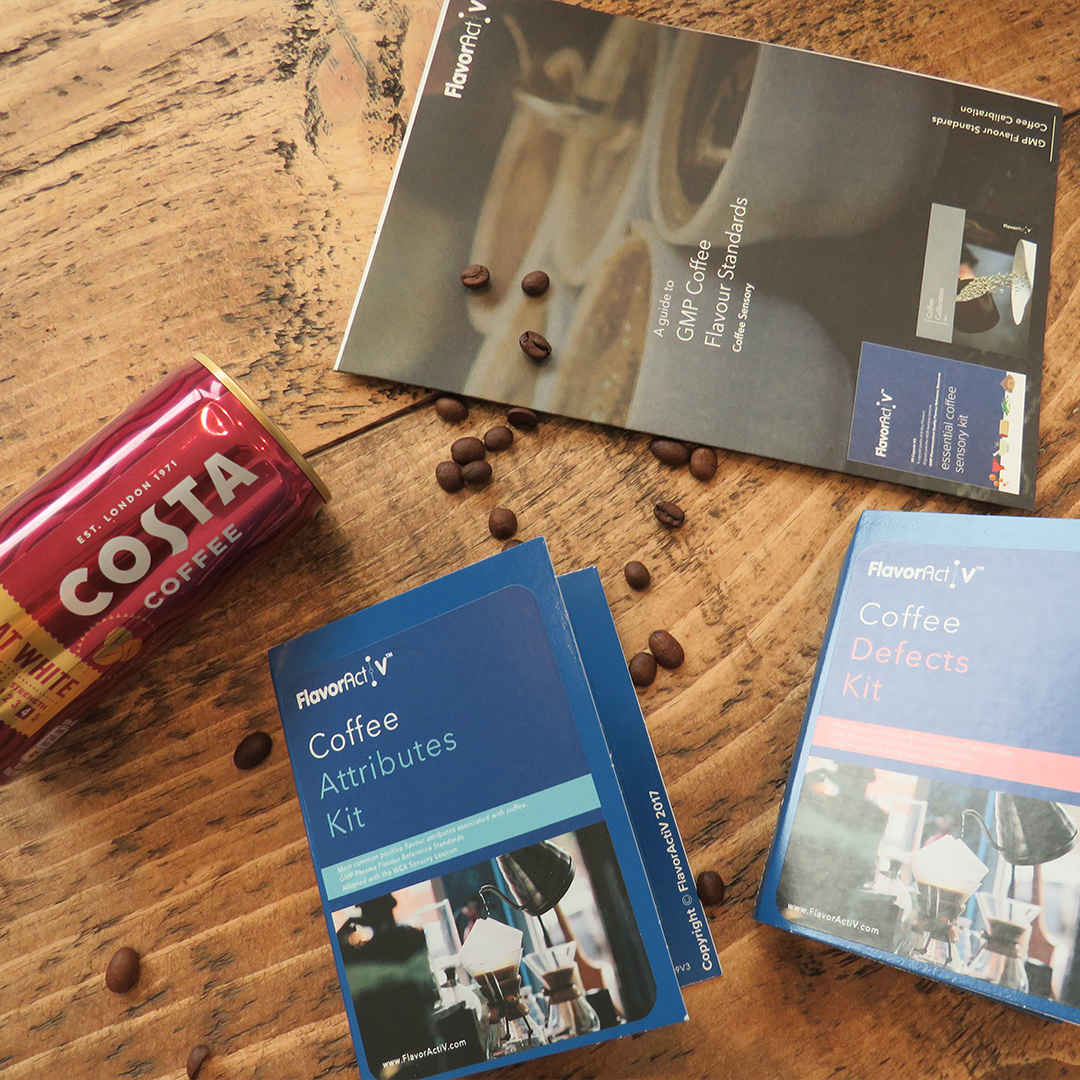
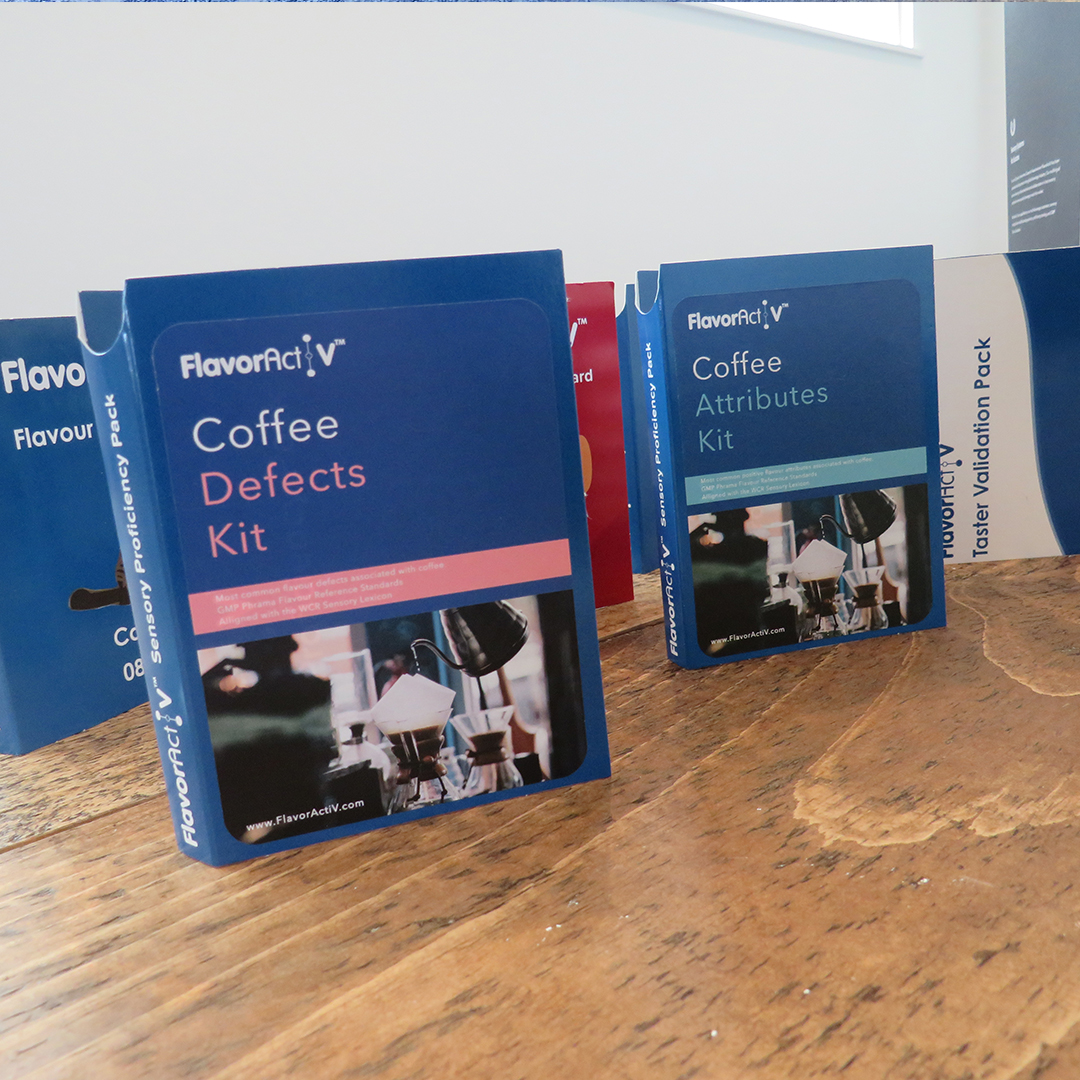
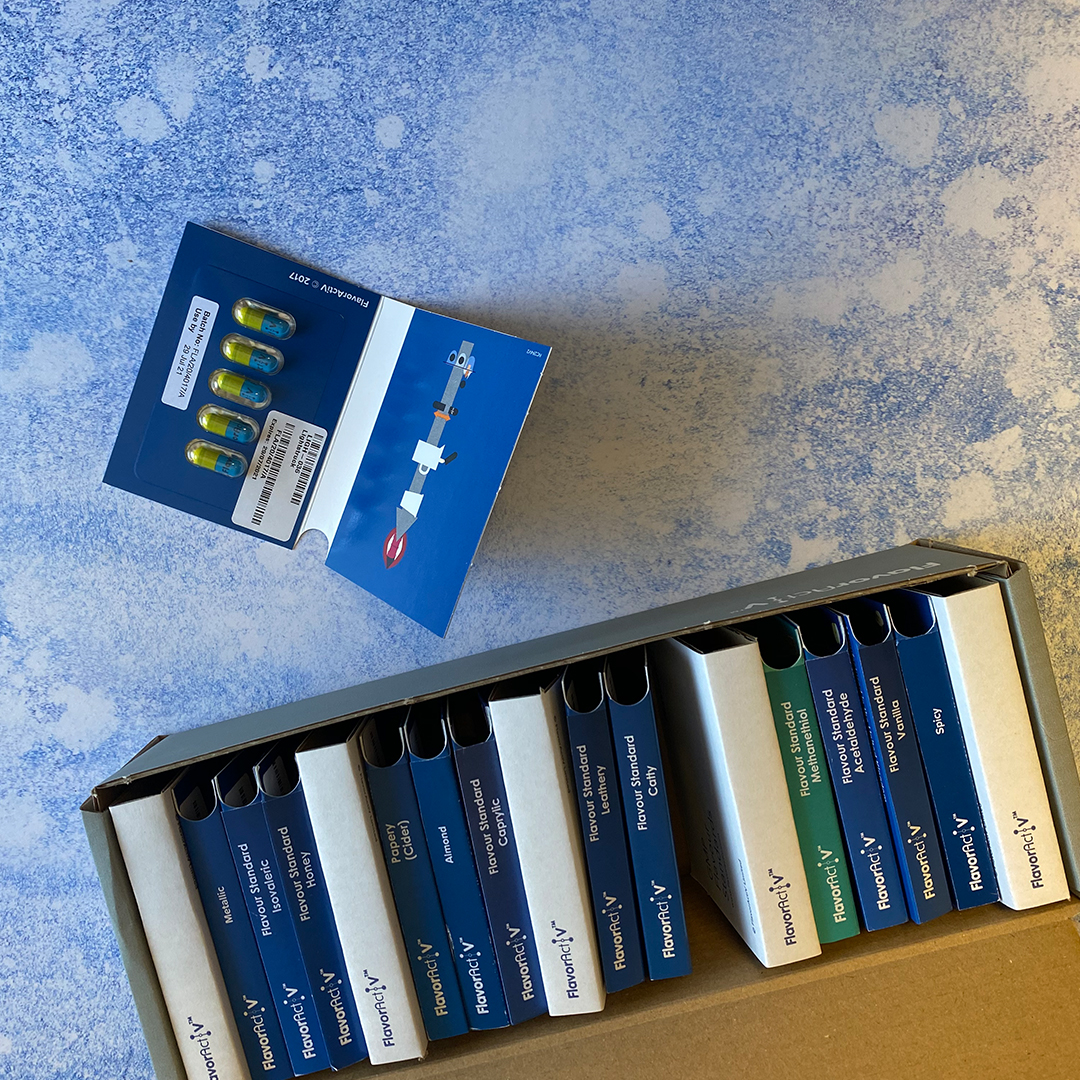
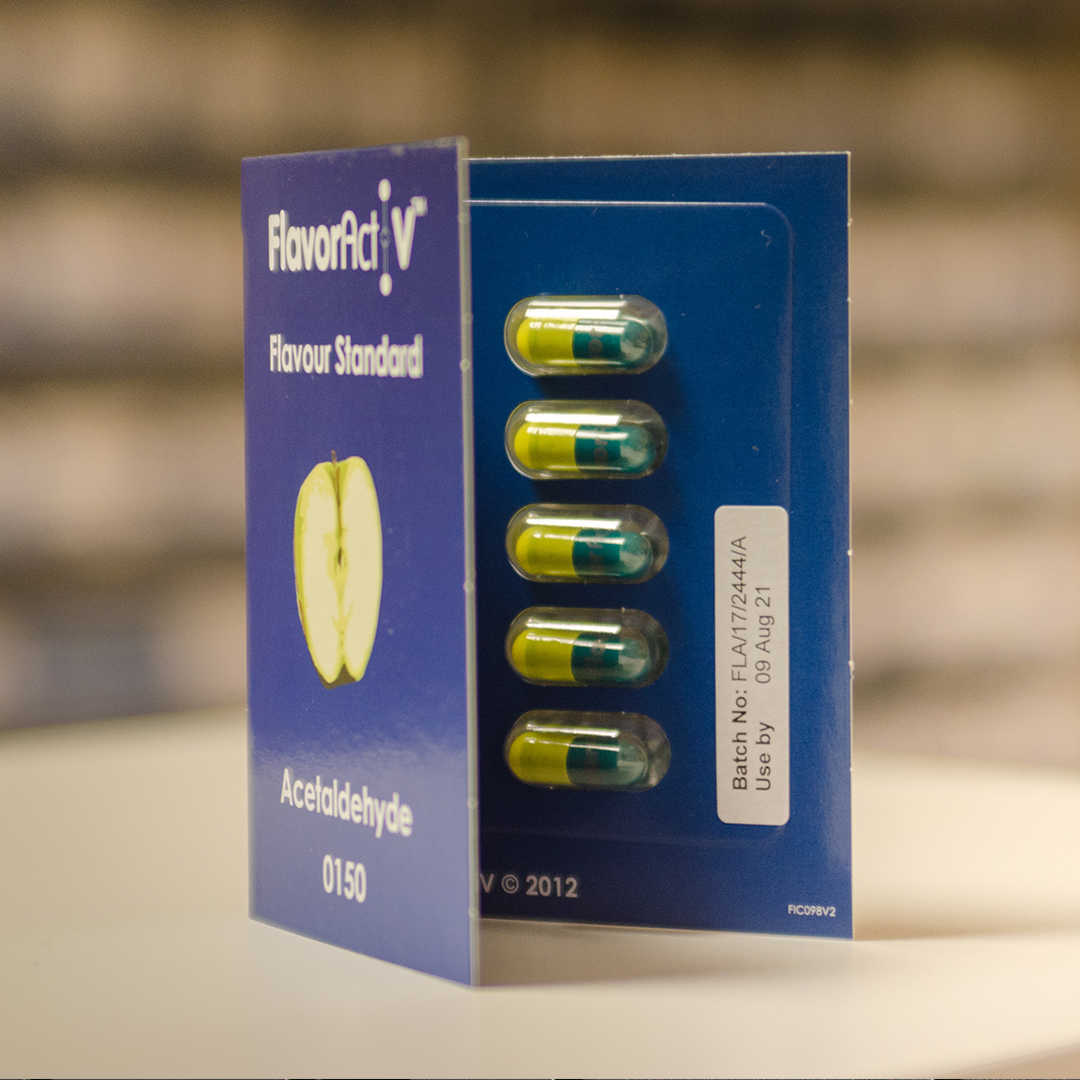
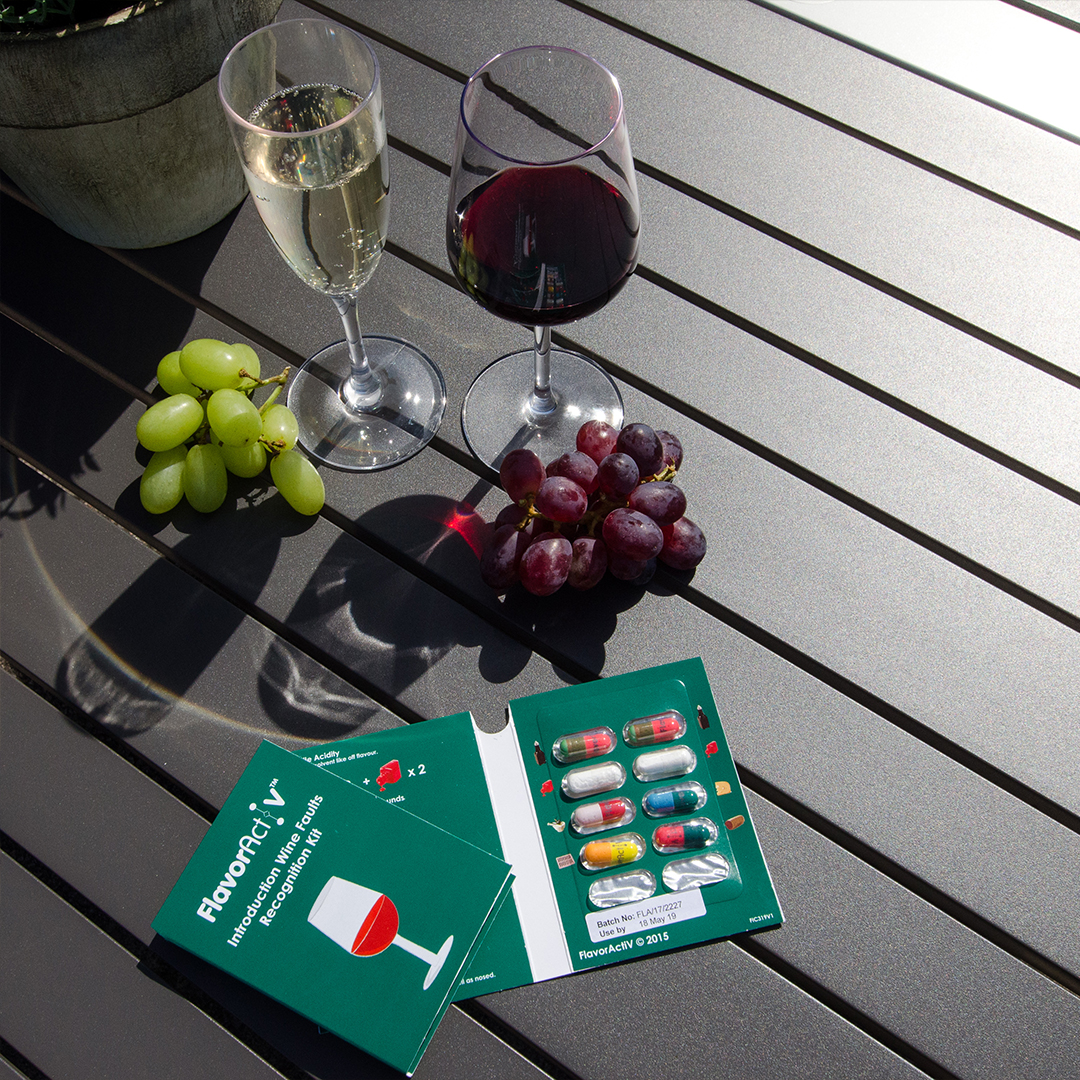
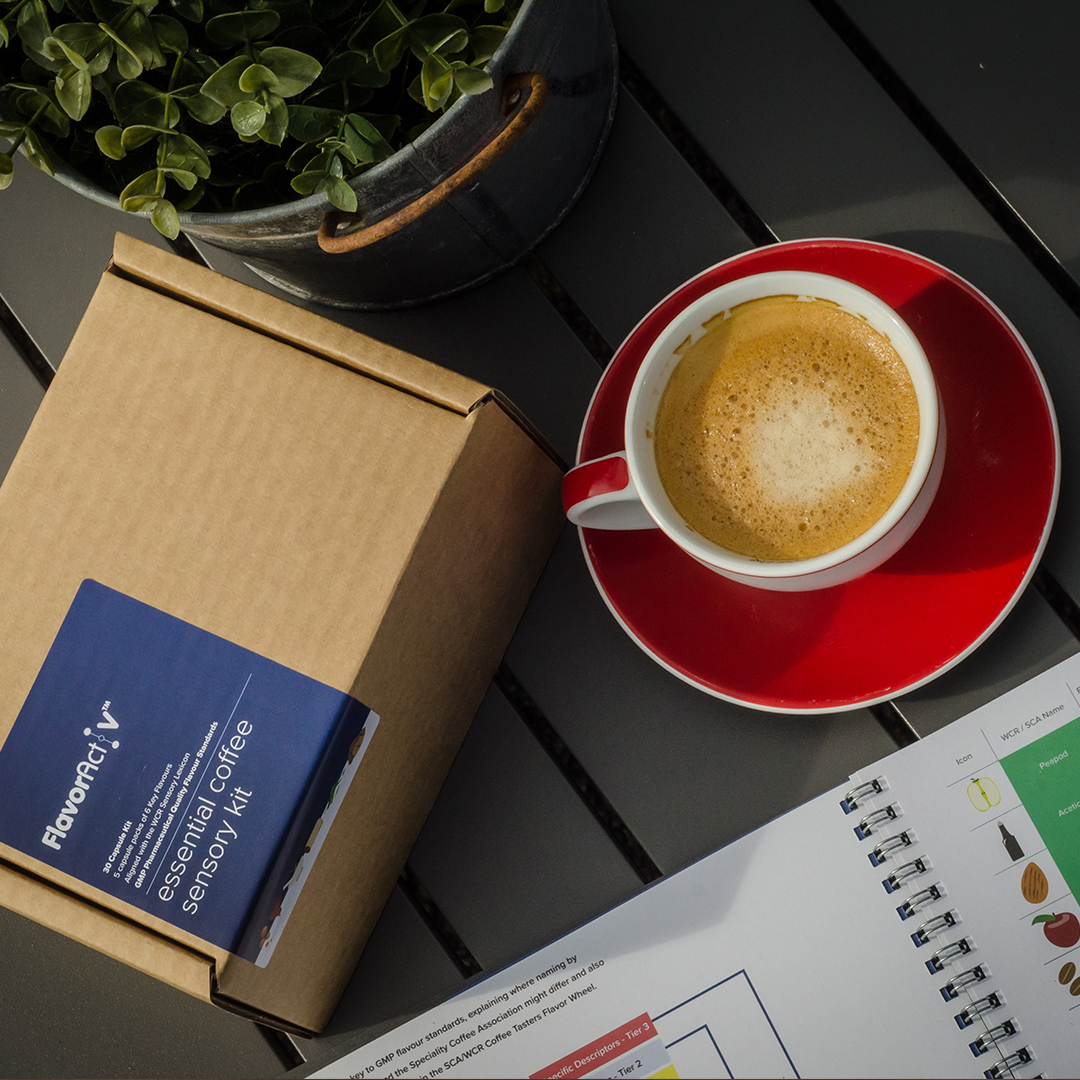
Flexibility in Testing
Sensory flavour standards are applicable in a wide range of industry sectors, there are many types of sensory kits available. Industry specific kits can be purchased that have the typical flavours for that industry. A few examples:
- Soft Drink
- Beer,
- Spirits
- Water
- Dairy
This allows for flexibility in testing, ensuring that the sensory attributes that are important for each product are evaluated accurately and consistently.
Longer Shelf Life
One company offering a wide range of long life sensory standards and training globally are FlavorActiv, their GMP flavor standards come in blister pack form, which helps to extend their shelf life. This is particularly important for companies that need to store standards for extended periods or transport them. The compact size of the blister packs also makes them easy to store and transport, further adding to their convenience. Whether for use in a sensory panel or for quality control purposes, the ease of use of FlavorActiv sensory flavor standards in blister pack form make them a top choice for professionals in the food and beverage industry.
Simple and Easy to Use
GMP sensory flavor standards are simple and easy to use, even for panelists who are new to sensory analysis. FlavorActiv sensory flavor standards in blister pack form offer unparalleled ease of use, convenience and precision in sensory analysis. The standards are packaged in individual blister packs, each containing a precisely measured amount of the flavor compound required for each taste test. This ensures that the right amount of flavor is used in each test, leading to consistent and accurate results. The blister packs also protect the flavor compounds from oxidation, moisture and light, ensuring that they retain their quality and potency for longer.
Conclusion: The Benefits of GMP Sensory Flavor Standards and Sensory Training
In conclusion, GMP sensory flavor standards and sensory training are essential tools for ensuring consistent product quality in the food and beverage industry. They improve the competency of the tasting panel, enable the detection of irregularities, off-notes, and taints, and facilitate communication between different departments and locations. FlavorActiv GMP flavor standards are available for a wide range of industry sectors, have a longer shelf life, and are simple and easy to use. Investing in sensory analysis with GMP sensory flavor standards and sensory training can help companies achieve a competitive advantage in the market.


